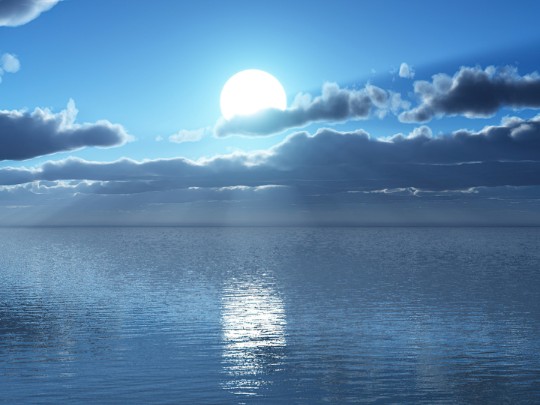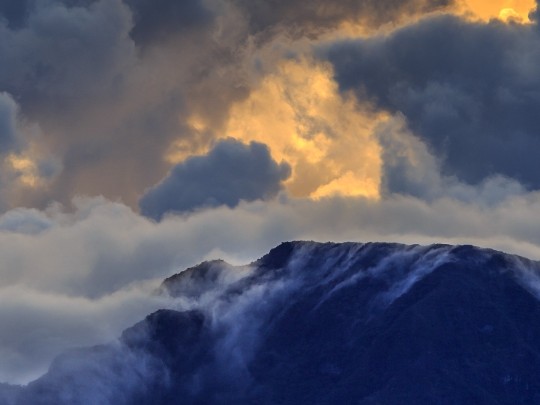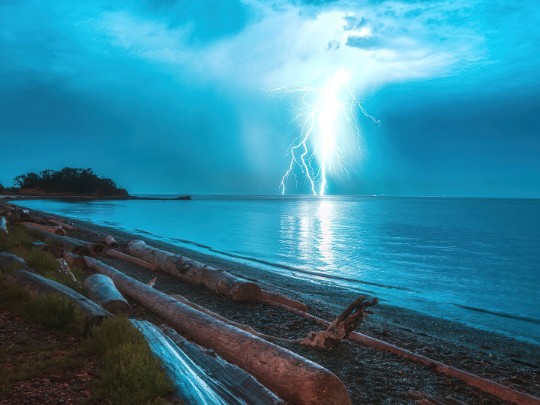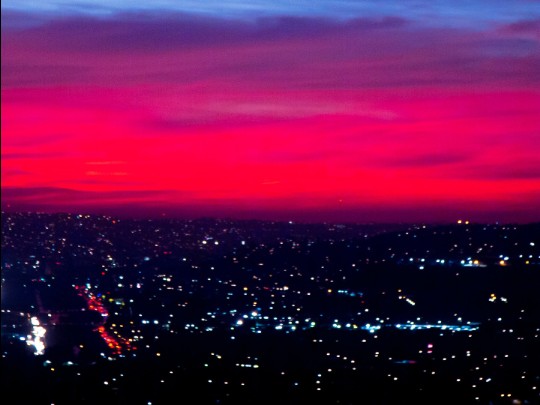Mesmerizing Moonlit Shores: Witnessing the Magic of Moonlight on Canadian Waters

There's a unique and captivating beauty that washes over Canada's coastlines when the moon's glow dances on the water. It's more than just a reflection; it's a breathtaking spectacle of shimmering light, a liquid mirror perfectly capturing the celestial beauty above. Imagine the ocean transforming into a canvas of silver, each gentle ripple a delicate brushstroke in a masterpiece crafted by the night itself. The rhythmic lapping of waves against the shore provides a calming soundtrack, a soothing melody that complements this visual symphony.
But the true magic unfolds where the sky meets the sea. The horizon blurs, the distinct line between sky and water softening into a hazy, dreamlike embrace. Wisps of clouds, kissed by the moon’s ethereal light, seem to melt seamlessly into the restless ocean. This is a moment of profound tranquility, a visual poem whispered by the elements, a scene that evokes a sense of peace and wonder.
Canadians, and visitors alike, have long been drawn to these stunning coastal displays. Whether you're exploring the rugged shores of Newfoundland, the serene waters of the Great Lakes, or the Pacific coast of British Columbia, the sight of moonlight reflecting on the water is a quintessential Canadian experience. It’s a reminder of the power and artistry of nature, a scene that inspires awe and a deep appreciation for the beauty surrounding us.
Whether captured through the lens of a camera or experienced firsthand, the sight of the moon reflecting on the sea and clouds meeting the sky leaves an indelible mark – a serene and cherished memory of a perfect Canadian night. It's a moment to pause, breathe deeply, and appreciate the simple, yet profound, beauty of our natural world. So, next time you find yourself near the coast under a clear night sky, take a moment to witness this enchanting spectacle – you won't be disappointed.
Tips for Capturing the Moment:
- Time it Right: The best views are often during a full or nearly full moon.
- Find a Dark Spot: Minimize light pollution for the most dramatic effect.
- Use a Tripod: For sharper photos, especially in low light.
- Experiment with Exposure: Play with your camera settings to capture the full range of tones.





